Customer Case Study
Azienda USL della Valle d’Aosta regional health organization – Aosta, Italy
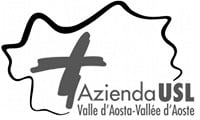
Mountains prove no barrier to patient care
In this case study you’ll learn about the implementation of Enterprise Imaging at Valle d’Aosta and the benefits it brings to the delivery of high-quality patient care in the region.
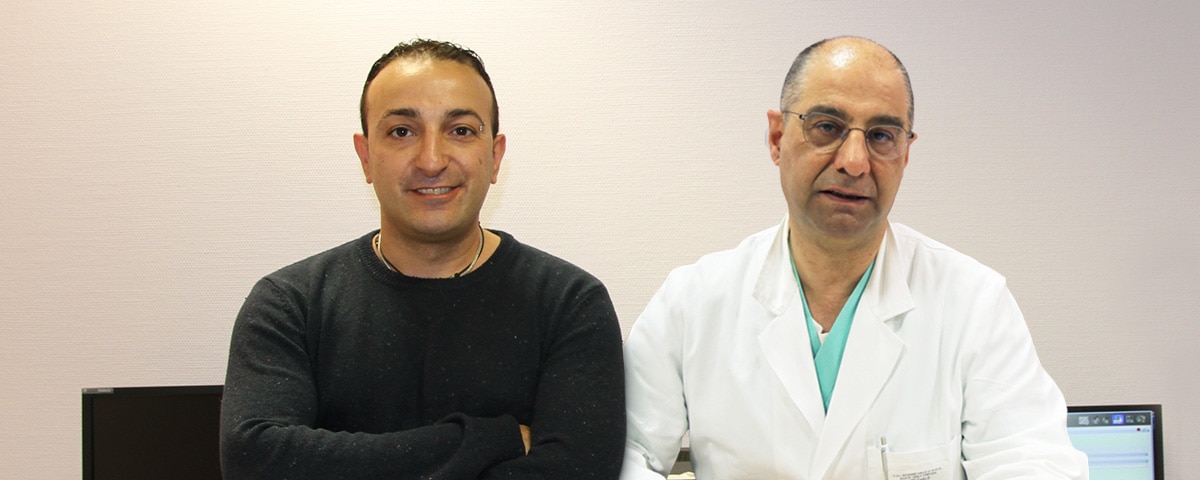
Dr. Carlo Poti
Head of Medical Imaging Department
IT manager
Case study :
Azienda USL della Valle d’Aosta regional health organization, Aosta, Italy
For new AGFA HealthCare customer Azienda USL della Valle d’Aosta, Italy, people and technology have come together for a successful Enterprise Imaging project that supports high-quality patient care
For Azienda USL della Valle d’Aosta regional health organization Enterprise Imaging was an unexpected top-runner in their public tender for a new RIS/PACS. But with the platform up and running in only three months, the hospital is enthusiastic about the benefits it is bringing and about the strong support they receive from the AGFA HealthCare team.
While the hospital serves a rather small catchment of about 130,000 people, it is located in a popular winter sport area. Each skiing season in particular, a number of unfortunate tourists also find their way to the healthcare facility. “Because our region is in a mountain area, it is quite remote, especially for healthcare services. People can’t just be transferred or referred to a larger facility quickly and easily. To meet the needs of our patients, even with our modest size, we offer a full range of services, including imaging. And we keep our technology and equipment up to date,” describes Dr. Carlo Poti, head of Medical Imaging Department at Azienda USL della Valle d’Aosta.
“In the competitive tender, Enterprise Imaging came out ahead, performing strongly in all categories. In particular, it stood out for the patient focus, the workflow and the user-friendly interface.”
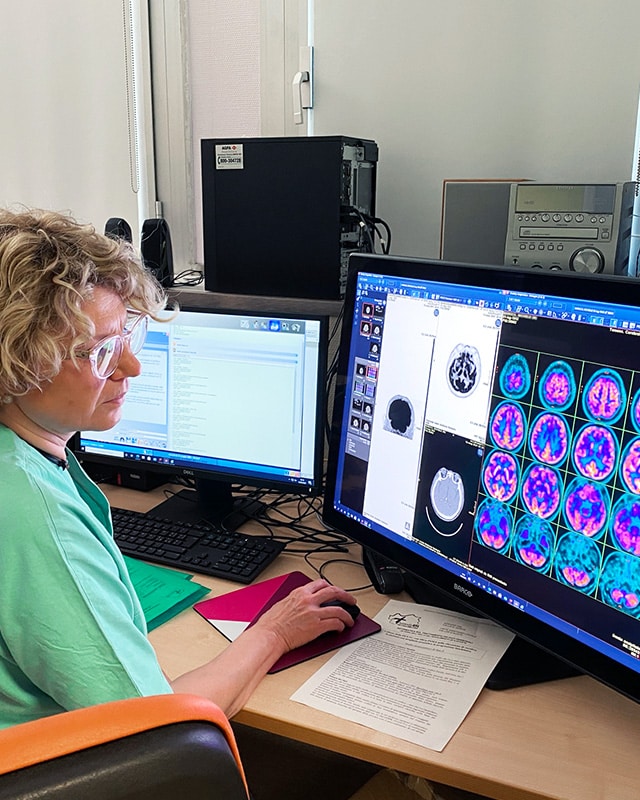
Enterprise Imaging at Valle d’Aosta: the right balance
Enterprise Imaging at Valle d’Aosta: the right balance
In 2020, despite the ongoing COVID-19 crisis and subsequent confinement measures, Azienda USL della Valle d’Aosta needed to replace its existing radiology information system/picture archiving and communication system (RIS/PACS). “Our system was about 15 years old, so it was time for a new one,” explains Giuseppe Giglio, IT manager.
The hospital followed the public tender process required to source the new equipment. “The tender covered both quality and economic criteria; the former including the system architecture, the integration, functionality – with a special focus on nuclear medicine, services, security, business continuity, disaster recovery, etc.,” describes Dr. Poti.
Six vendors took part in the tender process. AGFA HealthCare’s joint proposal with Lutech SpA included the Enterprise Imaging for Radiology and Nuclear Medicine platform, the Elefante RIS1 and the XERO Universal Viewer. Lutech provided servers, storage and workstations.
“We didn’t have experience with AGFA HealthCare, so we were a bit surprised when its Enterprise Imaging solution came out ahead, performing strongly in all categories.”
In particular, it stood out for :
- the patient focus
- the workflow and
- the user-friendly interface
“We also arranged demo presentations for each tender participant, and AGFA HealthCare really impressed us. When we would see, touch, and try the system, it made the criteria in the written tender more concrete for us. But just as importantly, at the demo we could meet the people from AGFA HealthCare who would be working with us, and we were very pleased with them and their approach.” In the end, based on the global evaluation, AGFA HealthCare’s proposal was selected.
1 Solution only available in Italy
Hybrid training in the COVID-19 era
Due to COVID-19, a hybrid training schedule was created, with remote training for technicians and administrative staff, and in-person training for radiologists. “The AGFA HealthCare team were always ready to support us, and the training went very smoothly. The ease of use of the system – even though we had never worked with AGFA HealthCare’s technology before – also played a big role,” says Dr. Poti.
Taking a robust approach to a short deadline
With the tender completed, and the contract signed in September 2020, AGFA HealthCare had only three months to implement the system and go live by mid-December – all while respecting the COVID-19 hygiene requirements.
Working groups with all stakeholders were set up, comprised of the AGFA HealthCare representatives, Dr. Carlo Poti, Giuseppe Giglio, the integration manager, the technician manager, and the administration manager. All activities for the project were assigned an ‘owner’, and the group met, either virtually or in person, once a week. This robust project management approach created a close relationship between AGFA HealthCare and Azienda USL della Valle d’Aosta and ensured the engagement of the hospital staff in the project.
Despite the tight timeframe, the go-live went very smoothly, thanks in large part to the careful preparation work, explains Giuseppe Giglio.
“During the pre-go-live phase, the teams analyzed and discussed in depth the specific workflows for radiology and nuclear medicine, in order to match the configuration to the hospital’s real way of working.”
“We also had a demo of the Elefante RIS, in order to understand all the features, and to determine which functionalities fit in which departments.
The Elefante RIS was very flexible to our needs: it adapted to our routine, rather than requiring us to adapt our way of working,” comments Dr. Poti.
The integration of Enterprise Imaging with the hospital information system (HIS) and electronic medical record (EMR) was straightforward, because the teams worked closely together and followed a precise plan. AGFA HealthCare also communicated directly with the third-party vendors. “For example, when it was time for the integration with our radiopharmacy software, we arranged to have the vendor there, and everything was carefully monitored by all parties,” Dr. Poti describes.
“You can’t always know what you will need in the future, but I am confident that Enterprise Imaging will be able to handle our evolving requirements, and that the AGFA HealthCare team will be there to support us.”
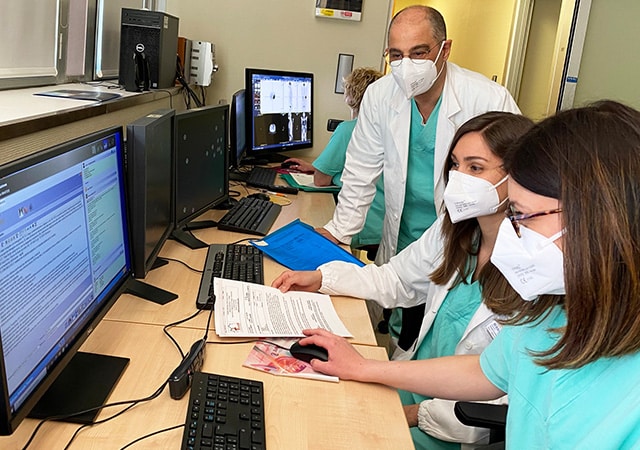
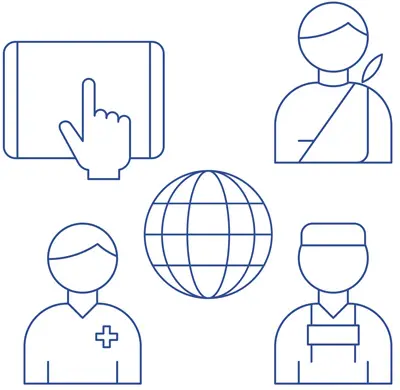
Ease of use and flexibility
Although the hospital has only been using Enterprise Imaging for a few months, some advantages are already clear. “The entire solution is very user-friendly and the workflow matches a logical patient flow,” Dr Poti starts. “As soon as an exam is evaluated and approved by a radiologist, an order is created. The subsequent process is largely automated, for inpatients and outpatients. Manual data entry is limited to a minimum.”
For the radiologists, he specifies, the reporting workflow is very easy, and the ability to access and compare both current and prior images is proving a big benefit in particular. “All of this has strengthened the adoption by the users: they were all pleased when the system went live, and have welcomed the new functionalities.”
Teleconsulting and patient access
The XERO viewer is playing a key role in keeping the hospital overcome the challenges of its remote location, to connect with doctors and patients outside the hospital.
“XERO is also integrated in the regional EMR, so patients and caregivers can access their reports and images from within the regional system.”
“The XERO viewer supports our teleconsulting, especially for second opinions. The radiologist sends an email with a link or QR code to a colleague anywhere, who can then see the study with just a click.”
Dr. Carlo Poti
head of Medical Imaging Department
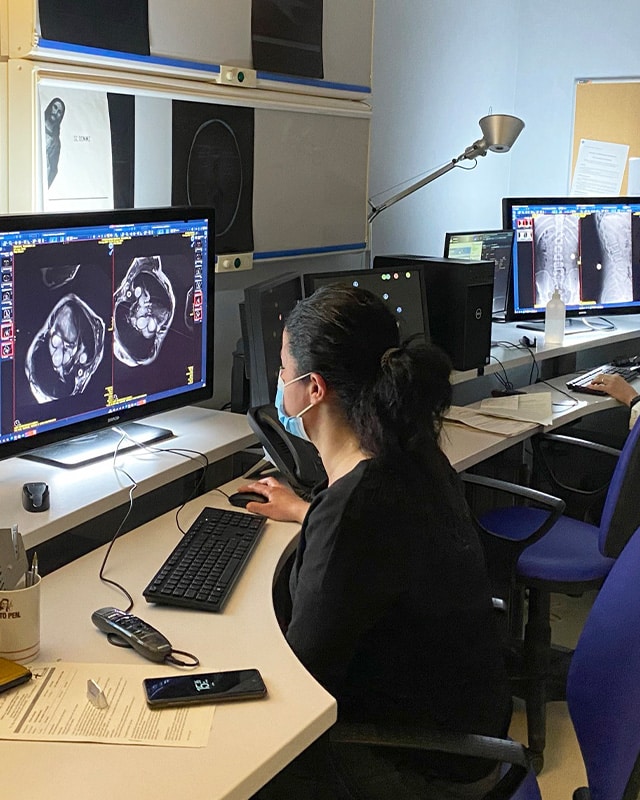
Strong relationships and professional support
Both Dr Poti and Giuseppe Giglio agree that a major factor in the successful implementation and adoption has been the support and professionalism of the AGFA HealthCare team. “With a project like this, the technology is only part of the story: you cannot underestimate the importance of people to the overall results! AGFA’s team was dedicated to working closely with us to make sure everything went well with the implementation and adoption, despite the short time-frame and the COVID restrictions,” says Dr. Poti.
“With the implementation complete, we now have a very good resident engineer from AGFA HealthCare who works on-site. He is passionate and dedicated: wherever we have an issue, he is there to solve it,” adds Giuseppe Giglio.
“We have quite a few plans for the future with our Enterprise Imaging platform. You can’t always know what you will need, but I am confident that Enterprise Imaging will be able to handle our evolving requirements, and that the AGFA HealthCare team will be there to support us; we have the goal to collect all the images coming front different departments and in the next months we are planning the extension of our Enterprise Imaging platform with the VNA Pillar. Our vision is to have a unique multidisciplinary imaging archive with a universal zero footprint viewer integrated within our EMR to have a comprehensive patient history” Dr. Poti.
Enterprise Imaging at Valle d’Aosta:
AGFA HealthCare partnered with Lutech SpA for this project.
AGFA HealthCare provided:
- Enterprise Imaging:
a consolidated image management platform for radiology and nuclear medicine, supporting productivity, collaboration and mobility. - The XERO universal viewer:
enables images and imaging data to be viewed and shared anywhere, anytime, to support teleconsultancy and second opinions. - The flexible Elefante RIS1:
is fully integrated with the Enterprise Imaging platform and can be customized to meet the specific needs of the hospital. - Integration of nuclear medicine post-processing software (Oasis).
- GRIP (Global Remote Incident Prevention)
remote monitoring and event management: continually tracks system performance. - The solution includes tools for dose monitoring, digital signing and patients consent management.
- Resident engineer for on-site support.
Lutech SpA provided:
- Servers
- Storage
- Antivirus endpoint protection
- Reporting workstations (hardware)
IT advantages of the single platform
Giuseppe Giglio: “Enterprise Imaging has enabled us to reduce our servers from 5 racks to 2 half-racks:
We can keep the second half-rack in a server farm outside of the hospital, for disaster recovery, instead of having both nodes inside the hospital.
Managing the imaging systems in the hospital is easier, because there is only one, centralized point of communication.
The platform has cut our IT-related costs: not only in hardware (i.e., fewer servers), but we have reduced the electricity consumption of our servers by 80%.
